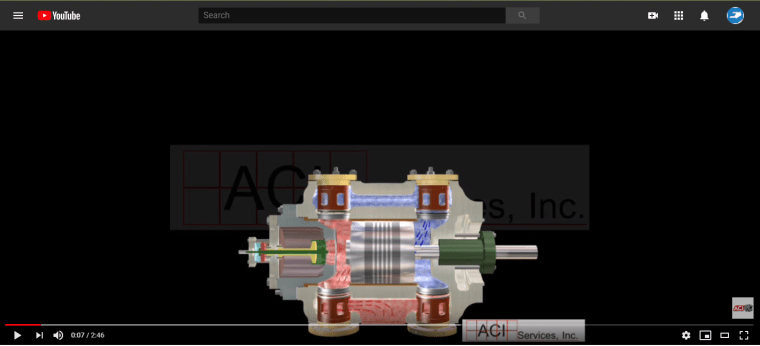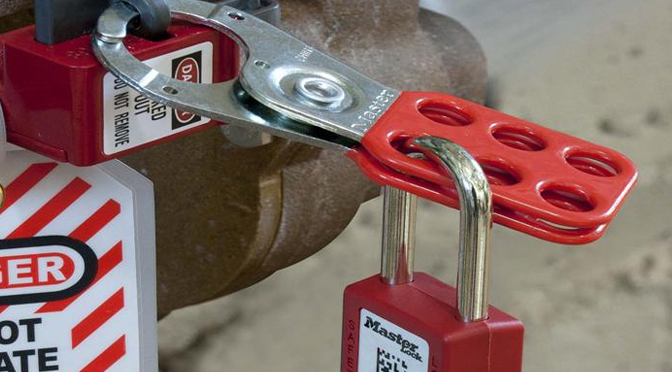About Dual Acting Reciprocating Compressors
When it comes to generating compressed air there are many types of compressors to utilize within a facility. One of those types is a dual acting reciprocating compressor. This is a type of positive displacement compressor that takes advantage of a piston style action and actually compresses air on both directions of the stroke. Below you can see a video from a company that showcases how a dual acting compressor works and gives a good representation of how it is compressing the air on both directions of travel.

The reciprocating type of air compressor uses a motor that turns a crank which pushes a piston inside a cylinder; like the engine in your car. In a basic cycle, an intake valve opens to allow the ambient air into the cylinder, the gas gets trapped, and once it is compressed by the piston, the exhaust valve opens to discharge the compressed volume into a tank. This method of compression happens for both the single and double acting reciprocating compressors.
With a single acting compressor, the air is compressed only on the up-stroke of the piston inside the cylinder. The double acting compressor compresses the air on both the up-stroke and the down-stroke of the piston, doubling the capacity of a given cylinder size. This “double” compression cycle is what makes this type of air compressor very efficient. A single acting compressor will have an operating efficiency between 100 cfm / 23 kW of air while the double acting compressor has an operating efficiency between 100 cfm 15.5 kW . Therefore, electricity cost is less with a double-acting reciprocating air compressor to make the same amount of compressed air.
These compressors are ruggedly designed to be driven 100% of the time and to essentially be a Clydesdale of compressors. They are commonly used with applications or systems requiring higher pressures and come in lubricated or non-lubricated models.
If you would like to discuss air compressors or how to efficiently utilize the air that your system is producing so that you aren’t giving your compressor an artificial load that isn’t needed, contact us.
Brian Farno
Application Engineer
BrianFarno@EXAIR.com
@EXAIR_BF


